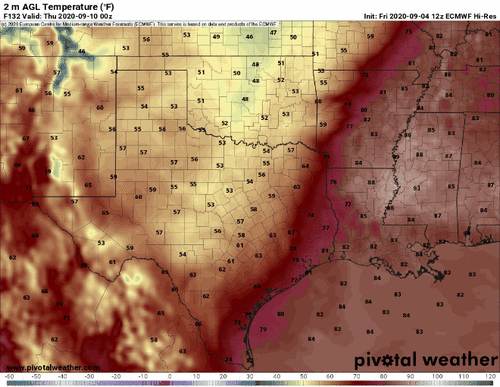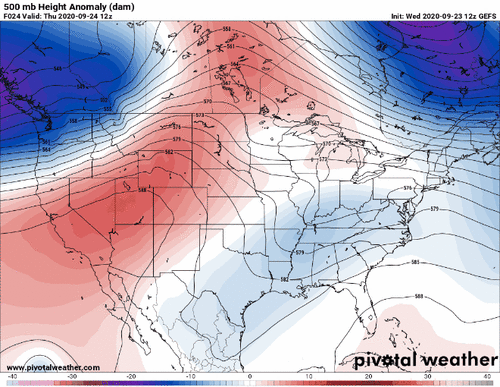Andy Wehrle
EF5
So, what happened?
PDO has finally gone negative which for a long time was chalked up as the big reason we couldn't get a proper central US tornado season for most of the 2010s. ENSO has been hovering cool neutral to weak La Nina although its influence on tornado potential is nebulous (some say La Nina is favorable and point to years like 2008, 2010 and 2011, others say it's unfavorable because it leads to drought).
For most years after 2011 (which wasn't spectacular in the Plains, either) large portions of the spring were wasted to a locked-in unfavorable longwave pattern (either lingering E CONUS trough/Polar Vortex/extended winter; or gigantic death ridge primarily in 2012). In 2019, we got the much-anticipated favorable longwave pattern in the second half of May, but the setups were consistently borked by subtle (unresolvable by models in the medium to long range) synoptic scale quirks that led to issues with initiation timing, storm mode, and capping.
What's it gonna take to get another year like a 1979, 1981, 1991, 1995, 1999, 2003-04, 2008 or 2010? With at least sporadic bursts of activity throughout A/M/J, spread throughout the Plains and Midwest?
PDO has finally gone negative which for a long time was chalked up as the big reason we couldn't get a proper central US tornado season for most of the 2010s. ENSO has been hovering cool neutral to weak La Nina although its influence on tornado potential is nebulous (some say La Nina is favorable and point to years like 2008, 2010 and 2011, others say it's unfavorable because it leads to drought).
For most years after 2011 (which wasn't spectacular in the Plains, either) large portions of the spring were wasted to a locked-in unfavorable longwave pattern (either lingering E CONUS trough/Polar Vortex/extended winter; or gigantic death ridge primarily in 2012). In 2019, we got the much-anticipated favorable longwave pattern in the second half of May, but the setups were consistently borked by subtle (unresolvable by models in the medium to long range) synoptic scale quirks that led to issues with initiation timing, storm mode, and capping.
What's it gonna take to get another year like a 1979, 1981, 1991, 1995, 1999, 2003-04, 2008 or 2010? With at least sporadic bursts of activity throughout A/M/J, spread throughout the Plains and Midwest?


